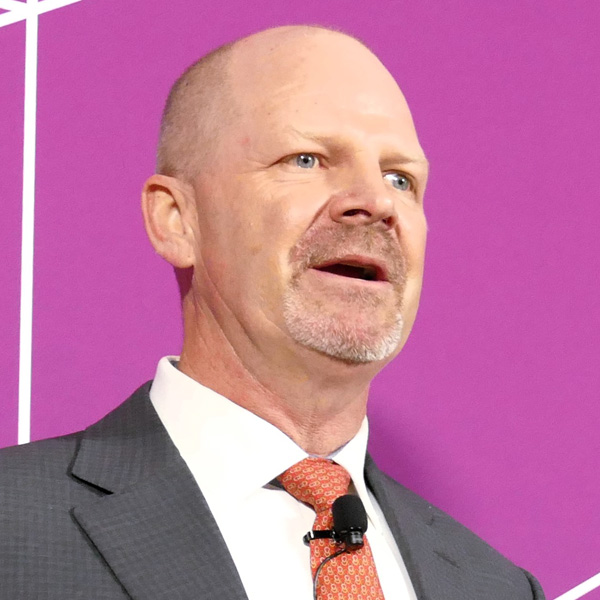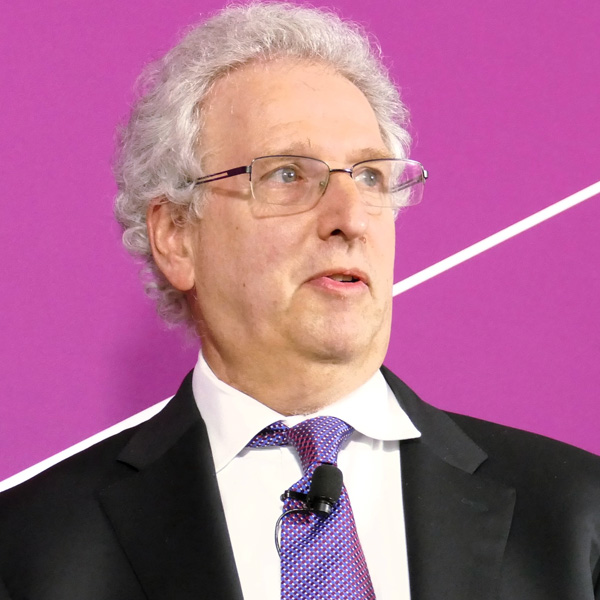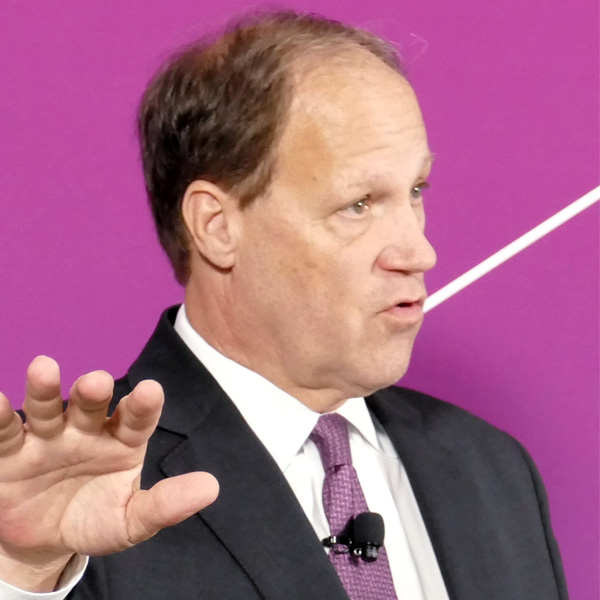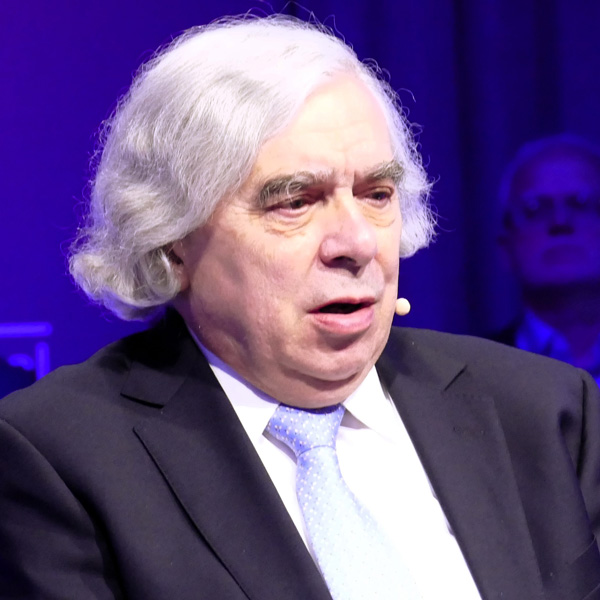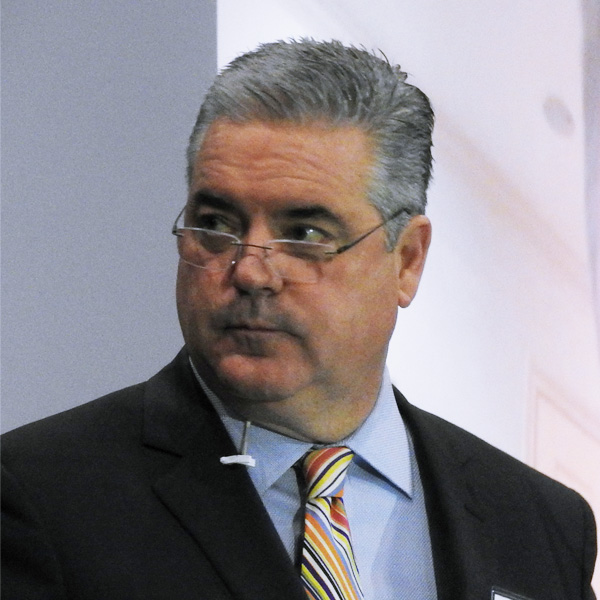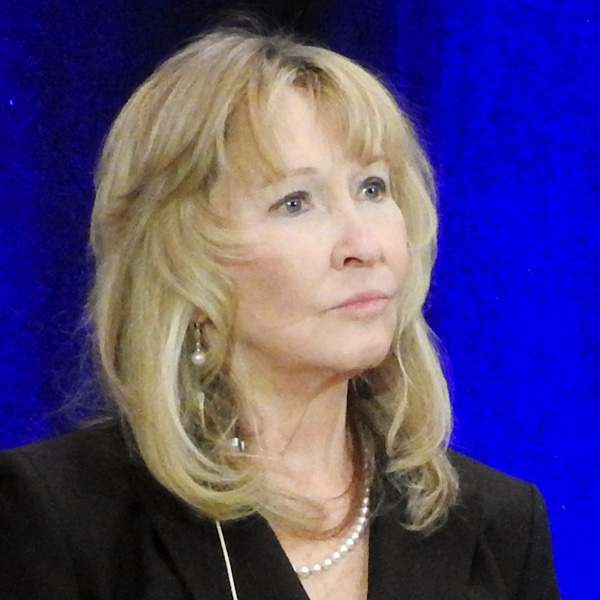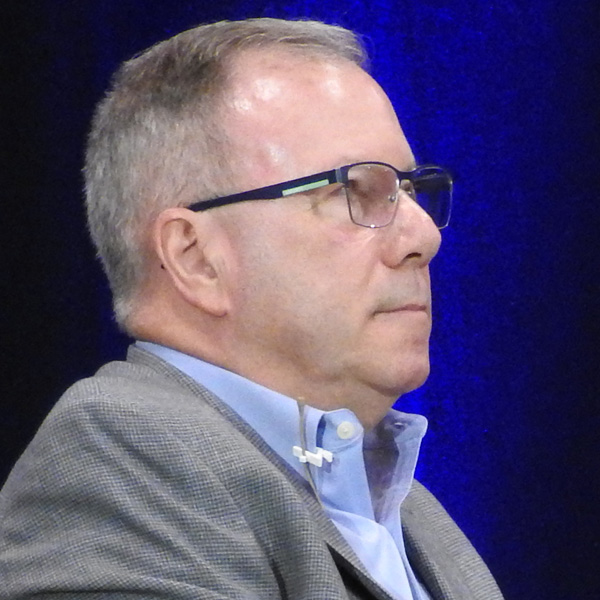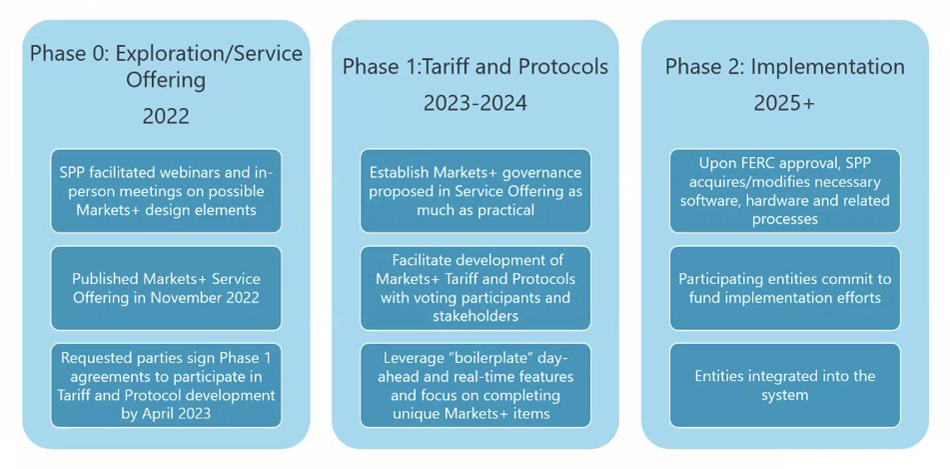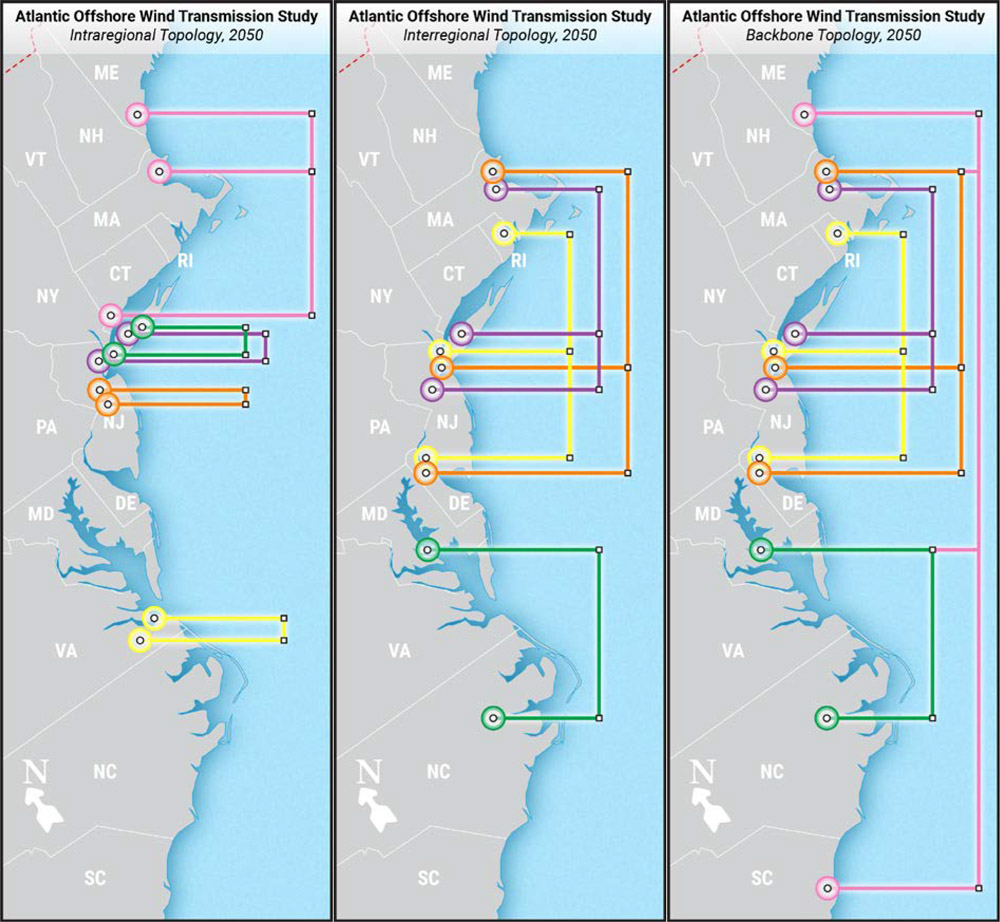HOUSTON — CERAWeek 2024 by S&P Global was supposed to explore “strategies for a multidimensional, multispeed and multifuel energy transition” and the energy industry’s response to growing demand for emissions reductions and cleaner forms of energy.
However, the two buzziest words during the weeklong conference March 18-22 turned out to be “data centers” and “artificial intelligence,” or AI, and their effect on growing electricity demand.
During one panel discussion, AES CEO Andrés Gluski noted the demand generated by data centers.
“I’m glad you mentioned data centers,” interjected the moderator, S&P Global’s Xizhou Zhou, “because every session seems to have to mention data centers or AI.”
“Coming out of the pandemic, we started to see demand increase two years in a row,” said Independent Electricity System Operator executive Chuck Farmer. “We’re less worried right now about data centers, but frankly, I wasn’t that worried about data centers until I came to this conference.”
Energy Secretary Jennifer Granholm said the explosive growth of data centers, cryptocurrency miners and AI-fueled technologies is what keeps her up at night.
Cryptocurrency miners have flocked to the U.S. after China’s 2021 crackdown on the industry. The U.S. Energy Information Administration says their energy demand could represent as much as 2.3% of electricity consumption, or 19 GW, according to the Cambridge Bitcoin Electricity Consumption Index (CBECI).
The CBECI estimated the U.S.’s global share of crypto mining went from 3.4% in 2020 to 37.8% in January 2022. ERCOT has 41 GW of requests for new mining capacity in its interconnection queue; about 9 GW have been approved for planning studies, according to NERC.
“Energy demand has been sort of flat because of energy efficiency, and now all of a sudden we’re seeing this huge increase because of AI, because of data centers, because of Bitcoin, because of crypto, because of the additional manufacturing facilities that are coming online because of electrification of transportation,” Granholm said during her appearance. “As the AI revolution has come upon us, I think we have to think a little bit differently about how we ensure that we’ve got enough power.”
Indeed. Experts say AI could be instrumental in creating additional energy efficiency and decarbonization tools. The DOE already has a pilot program to evaluate whether the huge amount of available data can speed up permitting timelines.
“Here’s the hopeful thing,” Granholm said “We really think that AI can be really helpful on quick permitting because with these huge datasets of land characterization, for example, and a huge amount of information already in the public datasets that DOE has access to through our national labs, we think that machine learning can speed up significantly permitting times.”
Microsoft co-founder Bill Gates said during his plenary session that AI can be used to determine the best ways to reduce demand at data centers that naturally will pop up where electricity is cheaper. AI also can be used to calculate emissions climate effects and improve efficiency.
“All of our sort of grid modeling and management, these AI tools will come in and play a role,” he said. “But the current techniques require a lot of electricity.”
Pattern Energy Eyes Next Project
Pattern Energy CEO Hunter Armistead, whose company recently broke ground on what may be the largest clean energy infrastructure project in U.S. history, a 550-mile HVDC line from New Mexico into southern Arizona, offered his own thoughts on speeding up transmission permitting.
“Tight timelines to respond also have timelines for challenge,” Armistead said.
Pattern’s SunZia Wind and Transmission project was placed on the drawing boards in the mid-2000s, back when Blackberrys ruled the business world and Taylor Swift’s “Love Story” first caught Armistead’s attention.
“[‘Fearless’] was a badass album, by the way. I mean, I became a Swiftie early on,” he said.
Pattern didn’t become involved in SunZia until 2018, and it secured FERC’s approval of its tariff only last year. All told, breaking ground on a project that should be commercially available within the next two years took 16 years. (See FERC Approves Tariff for SunZia Transmission.)
“Sixteen years … we can’t do that again. We have to learn from this arc of time and figure out how to shrink it quite a bit,” Armistead said.
While the project’s costs have risen to $11 billion and while Armistead said he hopes Pattern never does a deal that large again, he called SunZia a “transformative moment for our industry.”
“Deals like this more naturally don’t get done. The part that really just struck home with me is how critical this was to so many people,” Armistead said. “My absolute hope for the future is that this is only the beginning. As an organization, Pattern has had the opportunity to learn what this all takes to do.”
He said the company’s next “most ambitious project” is Southern Spirit, formerly known as Southern Cross. The project involves 320 miles of 525-kV HVDC transmission facilities interconnecting ERCOT with MISO and grids in the southeast. The project gained regulatory approval from the Texas commission in 2022 after seven years of review, and FERC has said Southern Spirit will not trigger its jurisdiction over ERCOT. (See “SCT Proceeding Closed,” Texas Public Utility Commission Briefs: Sept. 29, 2022.)
“It is going to be even more awesome [than SunZia],” said Armistead, who said he told staff Southern Spirit is his favorite operational project.
“The reality is the complexity of integrating to ISOs, the disparate weather patterns between what goes on in the southeast and the complication of integrating renewable generation that’s available to the southeast, yet being able to provide capacity back into ERCOT,” he said. “I have no idea how we’re going to structure the commercial side of it, but that’s what makes it super-duper fun.”
Glick Doesn’t Miss Politics
Former FERC Chair Richard Glick popped up at CERAWeek’s Innovation Agora, the conference’s technology and innovation programming center, to promote Hydrostor’s compressed-air, long-duration storage.
Glick told RTO Insider he is “fascinated” with the Canadian company’s technology. Hydrostor uses compressed air and water to store energy produced during the compression. The energy is then used to generate power when it’s released from underground rock caverns.
“We’re like a pumped hydro asset,” Hydrostor President Jon Norman said.
One of consulting firm Glick & Quinlan’s clients raised the former commissioner’s awareness of long-duration storage, defined as eight hours or more.
“There really is a need for longer storage, so I thought this was really kind of the right time to get in and talk about some of the policies. It’s been fun so far,” Glick said. “There are enormous benefits from an environmental perspective and from an economic perspective.”
Glick, who left FERC after 2022 when the U.S. Senate’s Energy & Natural Resources Committee refused to hold a confirmation hearing, said he misses his work at the commission. (See FERC’s Work in 2022 Left in Doubt by Manchin.)
“The issues are really interesting, obviously, and you’re in the middle of everything these days, for good and for bad,” he said. “I don’t miss some of the machinations, some issues that came up over time.”
Perhaps aware that three potential successors would be going before the Senate Energy Committee, Glick added, “I certainly don’t miss testifying on Capitol Hill.”
SMRs Could be Answer for Nukes
Texans have a reputation for talking big, and Jimmy Glotfelty is no exception. The regulatory commissioner has been tasked with leading a task force on whether the state can deploy small modular nuclear reactors (SMRs), but he’s not stopping there.
“This is an opportunity for us to open the door and lay out the welcome mat that we are interested in nuclear,” Glotfelty said during an Innovation Agora pod discussion. “We want to hear from you. If you all want to build, if you need to de-risk projects and we can help you do that in some way, let us know what that way is. That’s what we want to do here.
“We don’t want to be like every other state. We want to be ahead of every other state, and we want to build a business and an industry here for a global nuclear business,” he added. “That’s the way we are looking at this. Not to build one or two plants, but to build a community and to build an industry that will serve the world.”
The task force must deliver a report to the governor and the Legislature by December that outlines how plants are built and designed, how sites are identified, and whether any changes to laws or ERCOT protocols need to be made.
“We should look at nuclear plants in the long term like a dispatchable gas facility. I think as the cost curve comes down, [nuclear and gas] are going to be the same,” Glotfelty said. “That’s our expectation, that gas plants or nuclear plants can support the market’s reliability in an equal fashion.”
Speaking on a separate panel, former U.S. Energy Secretary Ernest Moniz, now CEO of the nonprofit Energy Futures Initiative, said nuclear technologies come in several flavors besides SMRs and include micro-reactors, light water, heavy water, fourth generation, thorium, liquid metal and molten salt.
Moniz said his initiative has put together a suggestion to kick-start SMRs’ deployment, noting it is translatable to gigawatt-scale reactors.
“The issue is getting an order book of sufficient scale to justify investments,” he said, suggesting the order book be put together by the government. “Government has a role to help this happen in the United States when it’s ultimately in the private sector, facilitating to share financial investment, because especially with a new design, the first reactor is likely to be substantially more expensive. If you can share the financial burden and price an order book for 10, 20 reactors or whatever you choose, that would be good.”
That’s exactly what the U.S. government is doing for TerraPower’s planned Natrium reactor in Wyoming. The Gates-founded group has about $1 billion in private funding and a reported $2 billion from the government supporting the project.
TerraPower CEO Chris Levesque told the Financial Times the plant could begin construction in June and enter commercial operation in 2030.

